|
|
Post by Dave Homewood on Oct 3, 2016 21:47:05 GMT 12
I just came across this excellent list of names and serial numbers of tanks operated by the British Army in WWI, I thought it was worth sharing. There are some crackingly good names there: sites.google.com/site/landships/home/lists/lists-of-world-war-one-tanks-by-nameI wonder how many of those tanks had kiwi crew members. There were many kiwis in the tanks by 1918 I believe, with lots of artillery officers being seconded to the tanks,as well as drivers, etc. |
|
|
|
Post by 30sqnatc on Oct 4, 2016 9:06:19 GMT 12
I have never heard or read of any Kiwis serving in tanks in WWI and it is not part of NZ Armoured Corps history/folk law. Where did you get the info from?
There is a file in the NA on the British Govt formal request to NZ to form a tank unit. NZ refused stating we has already committed sufficient forces.
Paul
|
|
|
|
Post by Dave Homewood on Oct 4, 2016 9:32:59 GMT 12
There's mention of a kiwi tank driver from the Sun newspaper (Christchurch) dated 15th of February 1918.
"Mr M. Evans, of Islington, has been advised that his eldest son, Driver Claude David Evans, who was in "a tank crew on the Western front for six months, and was reported missing as from November 27, is now reported a prisoner of war in Germany. "
----
Also according to the NEW ZEALAND HERALD, 8 NOVEMBER 1916 - "Tales of the Tanks" article:
"More than one young New Zealander just commissioned in the Royal Artillery I has been seconded for training with the new armoured cars, which took part for the first time in the attack on September 15. It was understood to be a weapon of offence and defence against the enemy machine-guns, which have always proved very deadly against our infantry attacks. ! The moment our bombardment of the enemy trenches lengthens to allow the infantry to go forward the Germans creep out of their dug-outs to the machine-gun ' positions, and open a deadly sweeping fire across the open space of No Man's Land. Every device had been employed to cope with this some partly successful, but none which could reduce the losses to the desired minimum.
There have been numerous amusing descriptions of the new armoured car which has proved such a success in its first encounters. It is, in short, a tank-like construction about 30ft in length, and 8ft in height, fitted with "caterpillar" wheels, which enable it to cross uneven ground, and even the enemy parapet and trenches. It goes only six miles an hour, but it has great engine-power and can solemnly butt down obstacles, such as tree-trunks and 'saplings, and even outhouses. Wire entanglements it simply rolls out flat."
|
|
|
|
Post by Dave Homewood on Oct 4, 2016 9:34:33 GMT 12
Also I have been told by historian Herb Farrant of Auckland that not only was there a New Zealand tank commander with the RAC at the end of WWI, but his tank still survives even now in a shed in a French village not far from Le Quesnoy.
|
|
|
|
Post by Dave Homewood on Oct 4, 2016 9:46:20 GMT 12
Archives New Zealand's Archway lists "Claude David Evans - Gunner, The Tank Corps, No.201172" under Personnel Files but it is not digitised. You might wish to look into his file next time you're at the archives.
|
|
|
|
Post by planecrazy on Oct 4, 2016 9:49:52 GMT 12
Very interesting you would never have thought so many where named! Sorry to take this a little off topic thought I'd share this tank currently displayed at the Australian War Memorial. Happy to be corrected, would like to suggest this machine possibly the oldest/rarest tank on the planet, the sole remaining A7V in existence? She is currently on temporary display in the War Memorial. As you can see you can get up close and even touch her! This one was captured by Aussie troops, will do some research but pretty sure some Kiwi troops captured one as well. 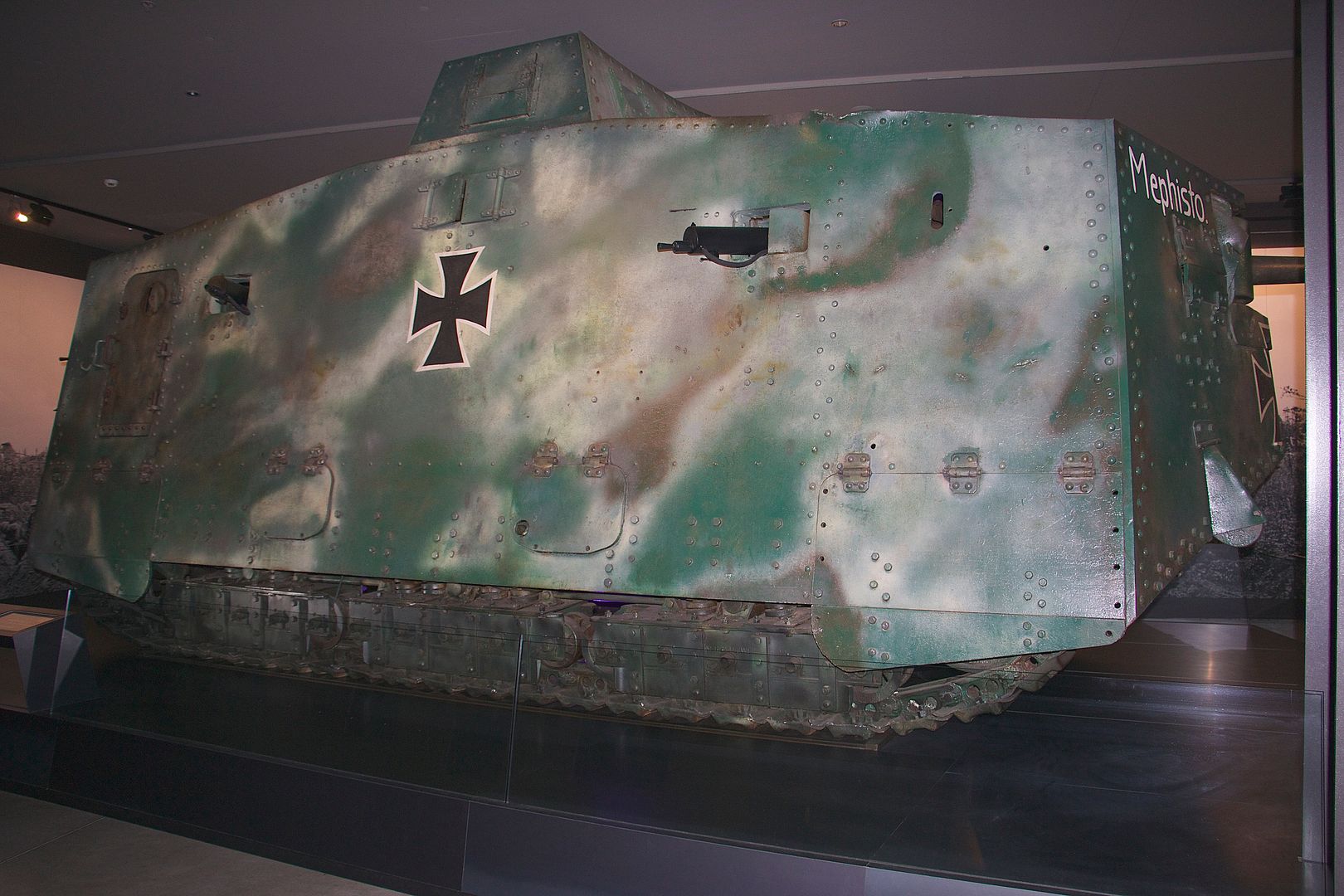 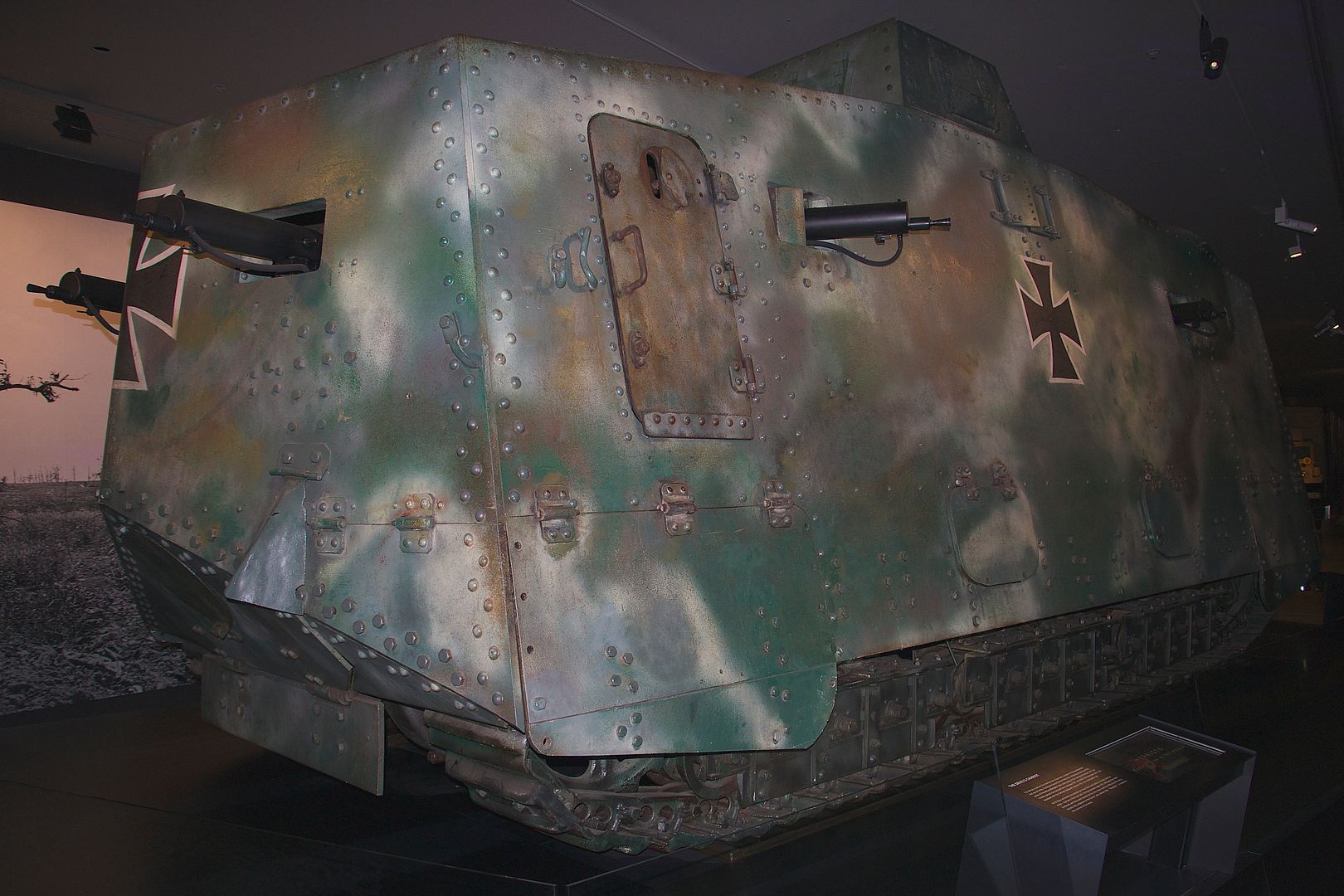 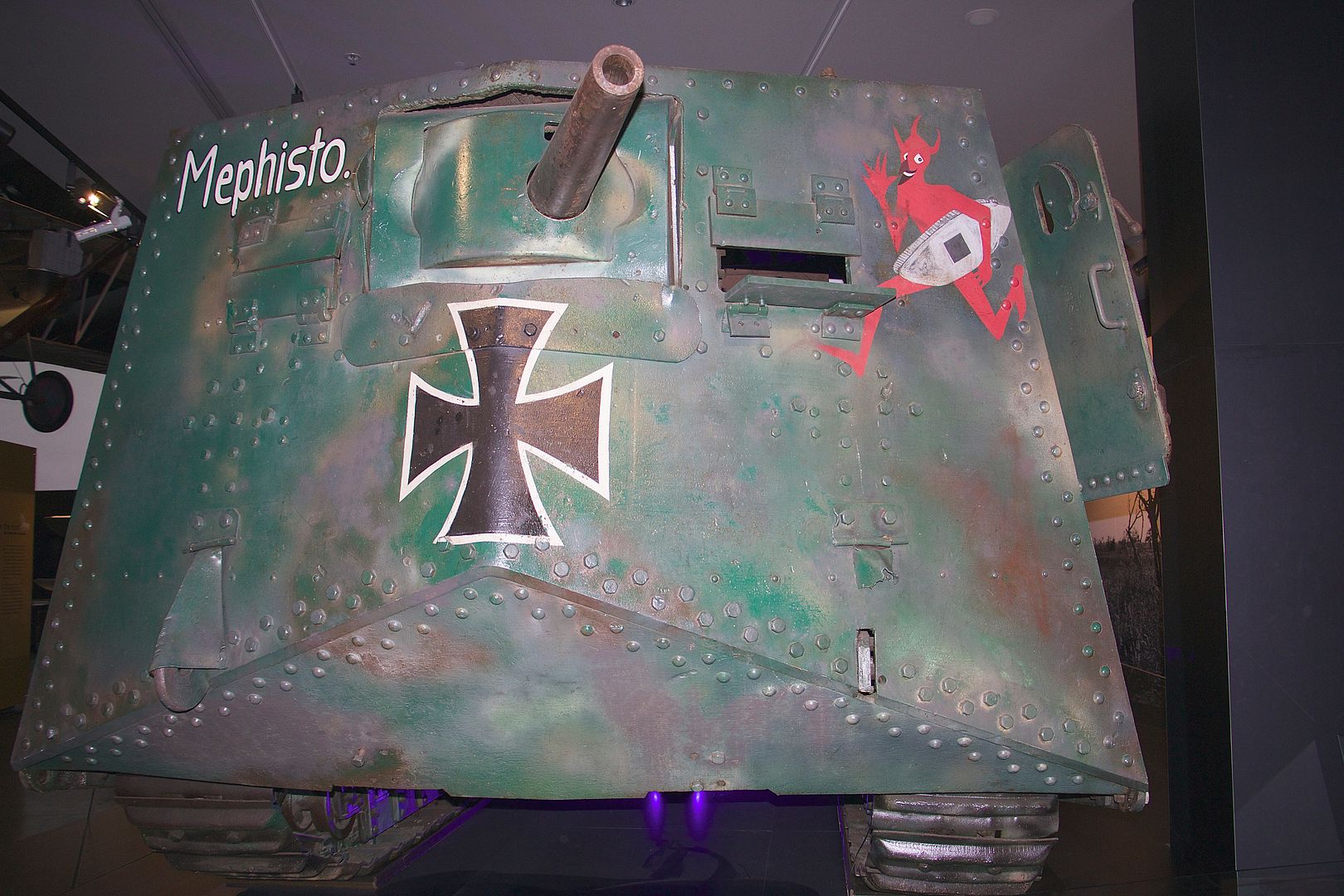  Interior, not much to see, the Germans attempted to destroy the machine with an internal charge. 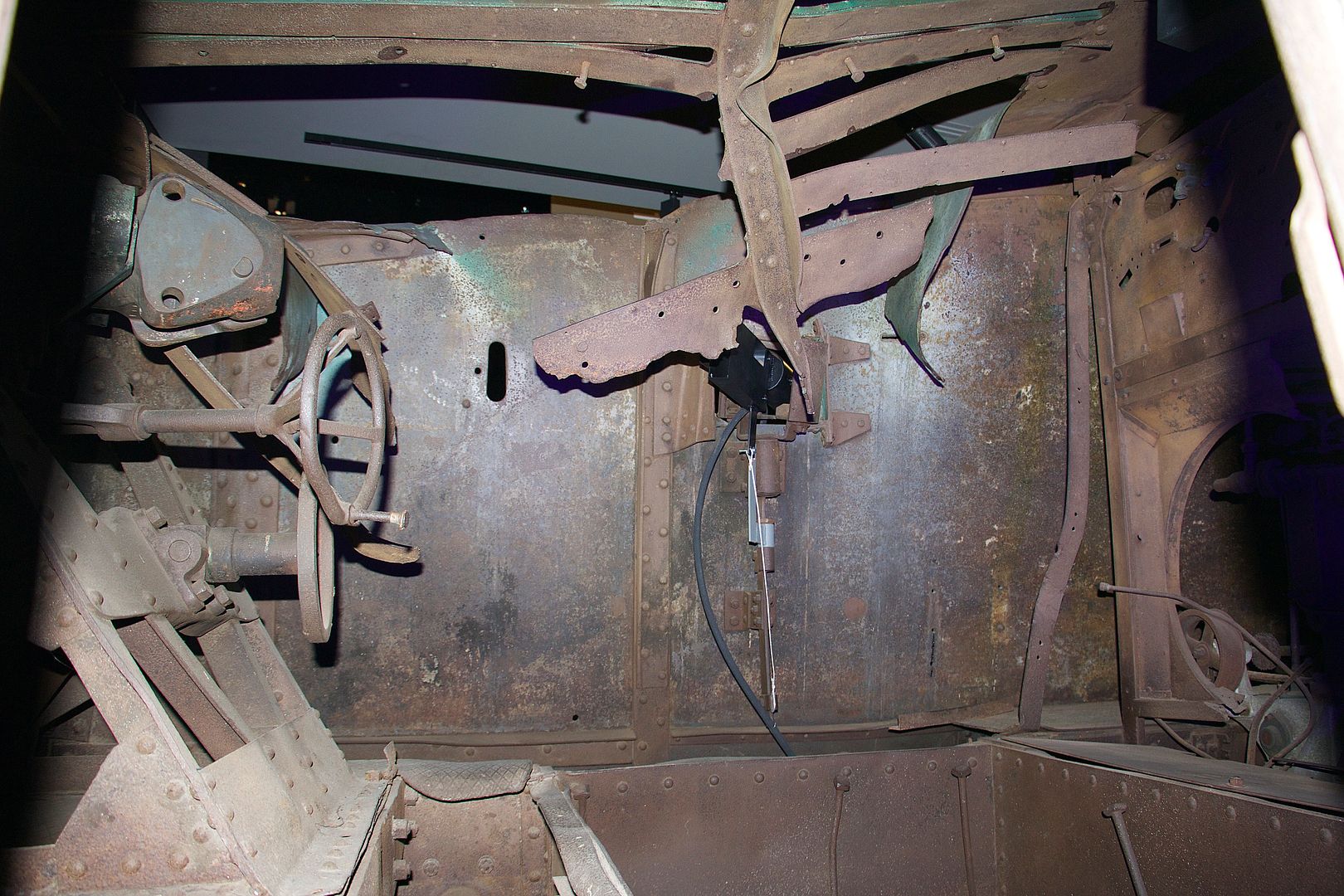 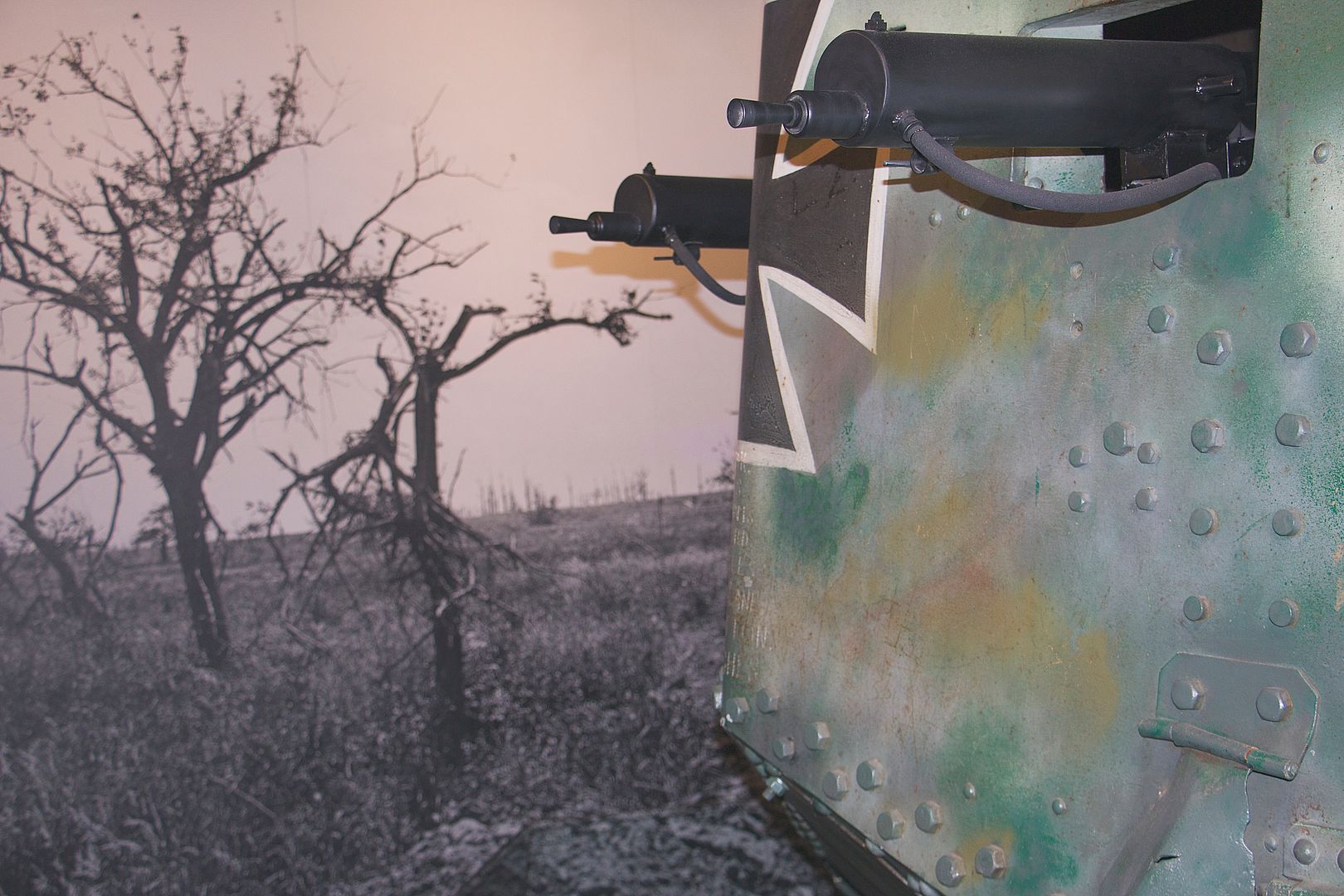 |
|
|
|
Post by Dave Homewood on Oct 4, 2016 9:51:34 GMT 12
Archway also lists the following: P F Oliver - 2nd Lieutenant, Tank Corps Alexander Cranfuird Sterndale - 2nd Lieutenant, Tank Corps, No.93035 Murdoch McLennan - Staff Sergeant, The Tank Corps, No.301326 DIGITISEDCharles Frederick Oliver - 2nd Lieutenant, The Tank Corps Desmond Watson - Captain, 1st Battalion, The Tank Corps George Ronald Macdonald - Capatin, The Tank Corps Albert Stanley Victor Cox - Sergeant, The Tank Corps, No.302335 John Cooney - Private, 11th Battalion, The Tank Corps, No.303024 Ernest Cyril Banson - 2nd Lieutenant, The Tank Corps A B Pottie - Private, The Tank Corps, No.315606
John Brennan - Sergeant, Royal Tank Corps, No.305381
Vivian Theodore Lloyd - Gunner, The Tank Corps, No.91750 DIGITISEDBasil Connell Sharp DCM, MM - Sergeant, The Tank Corps, No.309845 |
|
|
|
Post by Dave Homewood on Oct 4, 2016 9:54:07 GMT 12
That is not the oldest tank in existence as the original British tank "Little Willie" is at The Tank Museum at Bovington, Britain. They also have a combat Mark I tank "Clan Leslie", and a Mark II "The Flying Scotsman", and there are several Mark IV's around.
And New Zealand troops captured A7V "Schnuck".
|
|
|
|
Post by planecrazy on Oct 4, 2016 9:56:29 GMT 12
Replica of SchnucK at Bovington tank Museum. 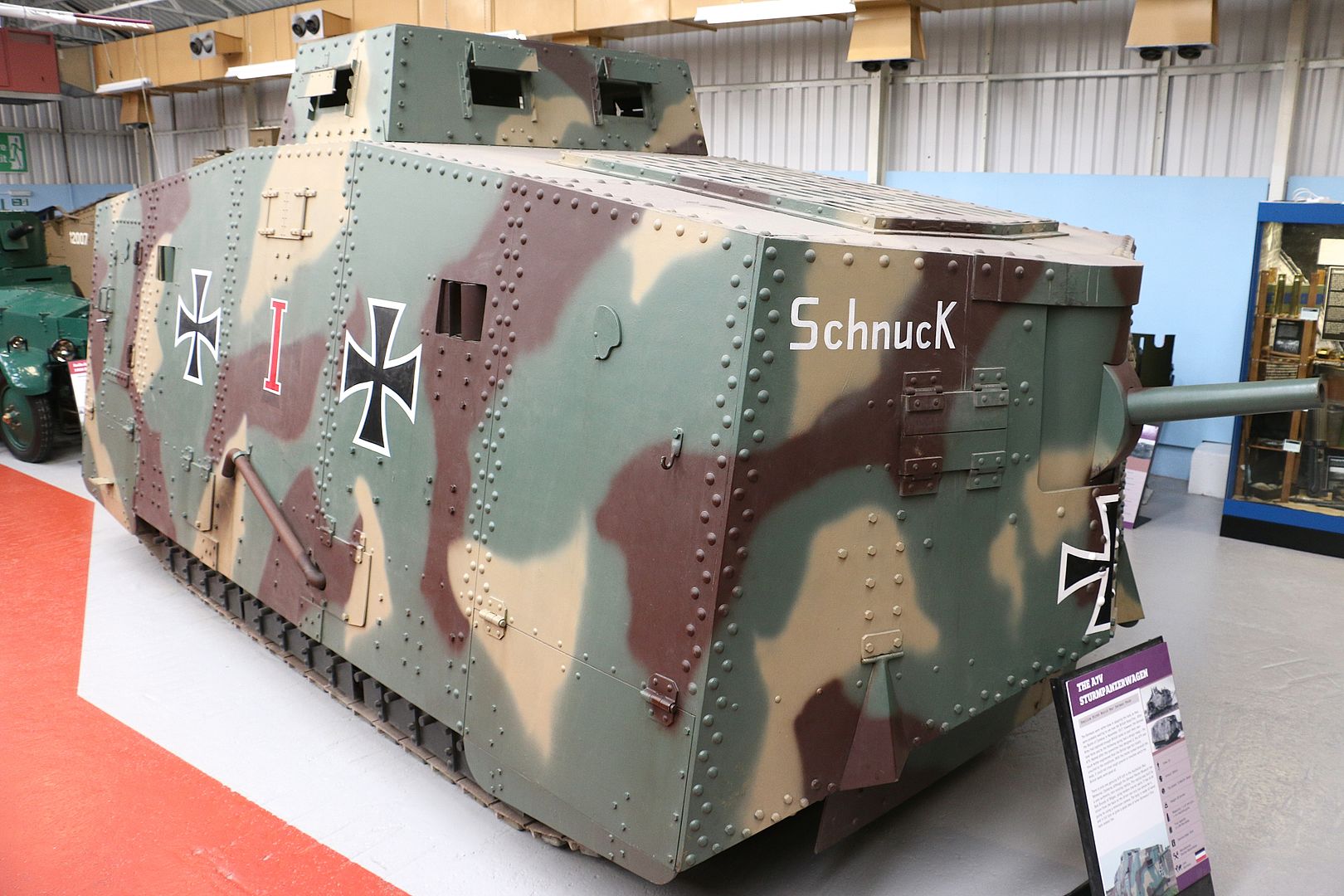 |
|
|
|
Post by Dave Homewood on Oct 4, 2016 10:03:26 GMT 12
Whist 'tank' was applied to these armoured vehicles as merely a code word to deflect German suspicion, that name stuck. Officially they were known as "His Majesty's Landships", believe it or not. But the British soldiers also referred to tanks as Willies, Dreadnoughts, Whales, Leviathans, Beetle Crushers, and many other nicknames collectively. The press initially called them armoured cars till the name tank took hold more firmly with them.
|
|
|
|
Post by Dave Homewood on Oct 4, 2016 10:20:17 GMT 12
From The Press newspaper, 8 JANUARY 1918
"Private advice has been received by Mr M. Evans, of Islington, that his eldest son, Claud David, who for the last six months has been a driver in the Tanks Corps in and France, has been missing since November 27th. Private Evans, who is 23 years of age, left New Zealand, for the Old Country with the intention of joining the Flying Corps, but not being successful in doing so, he joined the machine-gun section in August, 1915, and was later transferred to the Tanks. After having twelve months' training he secured a first-class driver's certificate, and since then has been continuously in charge of a tank on the Western front. Of Mr Evans's twin sons, Bert and Oswald, the former is in the Western trenches, and Oswald is in the Hornchurch Convalescent Hospital, recovering from wounds."
|
|
|
|
Post by Dave Homewood on Oct 4, 2016 10:38:26 GMT 12
From the OTAGO DAILY TIMES, 9 FEBRUARY 1918
"The names of two New Zealanders in British regiments appear in the last Official Casualty List. They are Lance-corporal T. Brown, of the Leinster Regiment (Wellington), and Sergeant A. J. Woods, of the Tank Corps. Sergeant Brown was wounded previously about this time last year."
I looked on Commonwealth War Graves Commission's site but cannot pinpoint Woods, so maybe he did not die.
|
|
|
|
Post by Dave Homewood on Oct 4, 2016 10:56:56 GMT 12
From The Press, 14 June 1918
"Mr Roland Garrett (formerly of Wanganui) was before the war in practice as a surveyor in the Malay States. He same to England in November, 1914, and enlisted in the 2nd King Edward's Horse, with which regiment he served for two and a quarter years in France, until it was disbanded. He was then transferred to the Tank Corps, _ and shortly afterwards to the King's Liverpool Regiment. A few months later he obtained another transfer to the Royal Engineers, and underwent a course of training at the Ordnance Survey Office, in Hampshire, with a view to a commission in a Field Survey unit."
|
|
|
|
Post by Dave Homewood on Oct 4, 2016 11:03:01 GMT 12
From The Press, 10 July 1918 "Lieut. L.E.L. Donne, son of Captain T. E. Donne, of the New Zealand Office, is now in the Tank Corps. Mr Donne joined the English section of the N.Z.E.F. at the beginning of the war and was invalided from the East. After recovering he was employed in the Recruiting Department at the War Office." He was Lester Edward Lucas Donne - 5/11b - Army See his personnel record here |
|
|
|
Post by 30sqnatc on Oct 4, 2016 12:00:30 GMT 12
OK as I suspected, they were kiwis in the 'Imperial Army', not members of the NZ Forces when they joined the Tank Corps.
Paul
|
|
|
|
Post by ErrolC on Oct 4, 2016 12:12:36 GMT 12
How many New Zealanders (like e.g. Keith Park), transferred to the Royal Artillery or other British Corps from the NZEF? Fairly rare, I think?
|
|
|
|
Post by Dave Homewood on Oct 4, 2016 12:15:16 GMT 12
They were kiwis none the less. Not much different from the kiwis who joined the Royal Flying Corps since we had no air service, but they're all recognised as part of 'our' heritage.
|
|
|
|
Post by errolmartyn on Oct 4, 2016 12:52:54 GMT 12
How many New Zealanders (like e.g. Keith Park), transferred to the Royal Artillery or other British Corps from the NZEF? Fairly rare, I think? Several hundred transfered from the NZEF to the RFC/RAF, a few also via other British Corps. This does not include the 225 pilots trained at Kohi or Sockburn who sailed for the UK who were for that period of their journey were temporarily members of the NZEF. Errol |
|
|
|
Post by Calum on Oct 4, 2016 13:52:20 GMT 12
That is not the oldest tank in existence as the original British tank "Little Willie" is at The Tank Museum at Bovington, Britain. They also have a combat Mark I tank "Clan Leslie", and a Mark II "The Flying Scotsman", and there are several Mark IV's around. And New Zealand troops captured A7V "Schnuck". It's not the oldest but is certainly the rarest as there are no other original A7's left. (IIRC the Germans only built a very few tanks) . well worth a visit before it goes back to Qld |
|
|
|
Post by Dave Homewood on Oct 4, 2016 14:49:31 GMT 12
Yes I visited it in November.
|
|